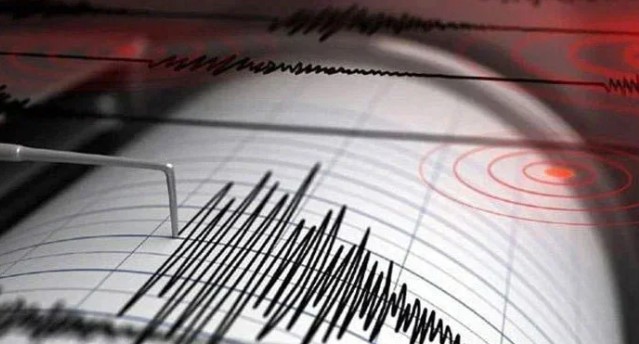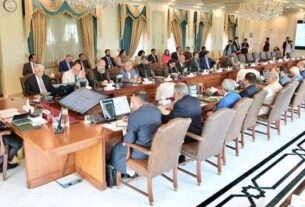1. Islamabad and KP Earthquake
The earthquake alarm sounded throughout the KP region of Pakistan and in Islamabad. On the morning of August 29th, 2024, a large earthquake with a magnitude of 5.4 struck the Hindu Kush area of Afghanistan. It was here that the epicenter of this temblor was located, a place known for its frequent seismic activity. Earthquake tremors by seismograph were picked up as far away as several cities in Pakistan, such as Lahore, Multan and Sargodha.
It occurred at a depth of 215 kilometers, a fact which had an important bearing on its wide impact He took a note of this year’s treested impact on the region due to seismic activities and living in the countryside where no earthquakes have ever occurred. This event underscores just how easily destabilizing such a seismic event would be, located at the boundary between two of earth’s most important tectonic plates, the Indian Plate and Eurasian Plate_sentences
1.Impact on Islamabad and KP Region
In Islamabad and other cities in KP, such as Peshawar, Swat, and North Waziristan, the earthquake caused a panic among residents. Buildings swayed and there were strong tremors lasting for several seconds, forcing people to run out of their homes in search of safety. In North Punjab, tremors also felt, with people gathering on open ground or in parks for fear of aftershocks. Although the powerful quake made people feel ill, there were no reports of immediate damage or casualtuies
3.Response and Preparedness in Islamabad and KP
In response to the earthquake, local officials in Islamabad and KP mobilized emergency response measures. Search-and-rescue teams were placed on high alert, while the Provincial Disaster Management Authority (PDMA) of the Province of Punjab conducted an assessment to ascertain the impact of any damage. Since there were no major incidents reported by the PDMA, it reminded people of the area’s potential for earthquakes. It serves as another rekindler of ongoing preparedness against earthquakes, including public education campaigns and earthquake drills
4. Understanding the Seismic Risks
The Hindu Kush, where the earthquake originated, is one of the most seismically active areas in the world. Situated at a point where the Indian and Eurasian tectonic plates meet, one plate slides under the other. The boundary between these two plates is under constant stress and susceptible to earthquakes; without this understanding it’s impossible to imagine strategies for dealing with them. Therefore, Dhansagar and KPK lie in what is fundamentally unsafe ground.
5.Mitigation Strategies for Earthquake-Prone Regions
Earthquake-resistant construction techniques can significantly reduce the risk of damage to buildings and infrastructure. It is crucial to update older structures in accordance with modern safety standards. They should also encourage supertough materials that can resist seismic forces like the vibrations of a phone on silent mode.
6.Community Involvement and Public Education
Community participation is an important part of disaster preparedness effort. Public awareness should aim to inculcate in people the knowledge of how to react during an earthquake. Simple measures, such as dropping to the floor, taking cover under solid furniture and holding on until the shaking stops, can prevent injury or even save lives. Drills are also crucial. Schools and places of work should conduct regular earthquake preparedness exercises so they know how best to react to an earthquake should it strike.
7.On the Importance of Preparedness
On August 29, 2024, an earthquake measuring 5.4 on the Richter scale struck the Islamabad and KP regions. one can’t be too careful in earthquake-prone areas. Promoting greater awareness of earthquakes and their risks, Making cities more resilient and and keeping one’s self in a state of readiness are all means to protect the people from the devastating effects of earthquakes. By investing in resilient infrastructure, launching public education campaigns and maintaining an alert posture, Pakistan can save its people from the deadly consequences of earthquakes. By building resilient infrastructure, offering public education programs and keeping vigilance at all times, Pakistan can reduce the effect that future earthquakes will have on its citizens and safeguard them from injury.
In conclusion,
The recurring nature of such events makes it more important than ever to keep up an unflagging vigilance and be on the qui vive. By constructing buildings and infrastructure that can withstand disasters, by promoting public education and maintaining a state of preparedness, Pakistan can lessen the impact of future earthquakes on her people and protect them from harm.




